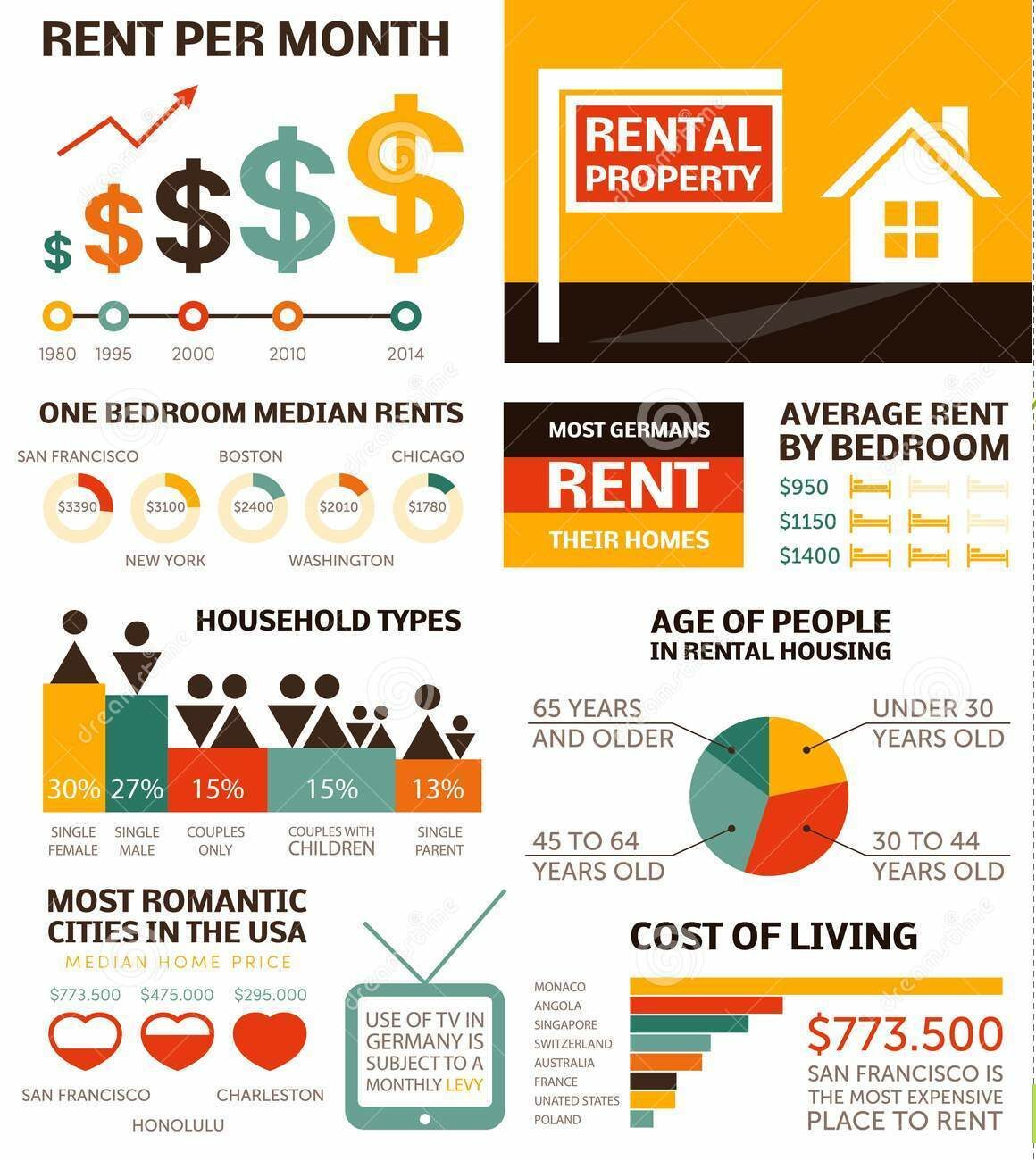Short Term vs Long Term Rental

Long Term vs Short Term Rental
Assessment of Short-Term vs. Long-Term Rental Net Operating Income (NOI) To better illustrate the difference between the Net Operating Income (NOI) from short-term rentals and long-term rentals, let's look at two fictional properties, Property A and Property B, both located in the same city with similar market conditions. Property A is used for short-term rentals (like Airbnb), while Property B is used for traditional long-term leasing. Figure 1. depicts the annual NOI from both properties in the past five years (2023 - 2027).
Short Term vs Long Term Rental Properties
Figure 1. Annual NOI (2023 – 2027) (source: Land For Sale In Ohio)
Year | Property A (Short-Term) | Property B (Long-Term)
——————————————————————
2023 | $25,000 | $20,000
2024 | $27,500 | $20,500
2025 | $29,000 | $21,000
2026 | $30,000 | $21,500
2027 | $31,500 | $22,000
Figure 1 shows that Property A (short-term) generally generates a higher NOI than Property B (long-term). The higher income from short-term rentals can be attributed to higher per-night rental rates, which can often offset the added costs such as higher turnover expenses and vacancy rates.
Now, let’s look at a breakdown of the operational costs associated with both types of rentals. Figure 2. shows a detailed comparison of the operating expenses.
Figure 2. Annual Operating Expenses (2027)
Expense Type | Property A (Short-Term) | Property B (Long-Term)
—————————————————————————
Property Tax | $2,500 | $2,500
Insurance | $1,200 | $1,200
Maintenance | $3,000 | $1,500
Management Fees | $4,000 | $2,000
Utilities | $2,000 | $0
Marketing & Booking | $2,500 | $0
Cleaning & Turnover | $2,500 | $500
Total | $17,700 | $7,700
From Figure 2, you can see that the operating costs for Property A (short-term) are significantly higher than for Property B (long-term). Major contributors to the higher cost are utilities, marketing and booking expenses, and cleaning and turnover costs, which are often higher or only exist in short-term rentals.
So, while the gross revenue from short-term rentals can be higher, landlords should also consider these higher operational costs. More short term rental market research.
Calculating NOI (Gross Income – Operating Expenses) helps landlords to understand the true income potential of their property after costs. The above data indicates that despite higher gross income, the NOI of short-term rentals may not always be higher due to increased operational costs.
However, these are fictional and simplified examples, and the real-world situation may vary significantly based on factors such as location, property type, market demand, and the landlord’s ability to manage the property efficiently.
Thank you to Harvard University for the assistance on the data aggregation.

